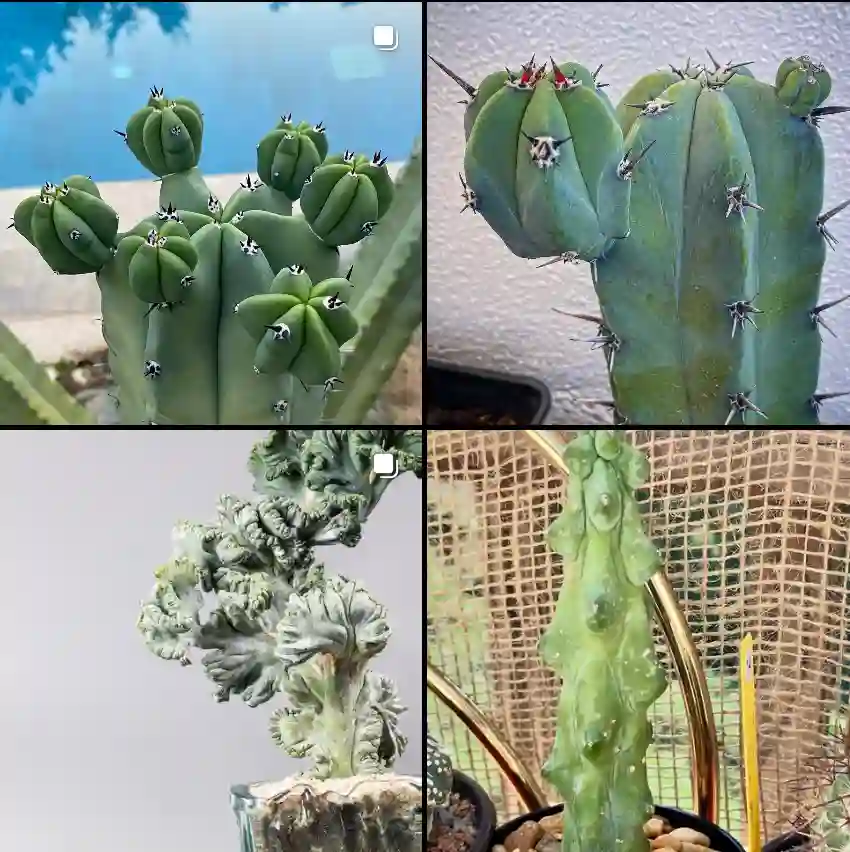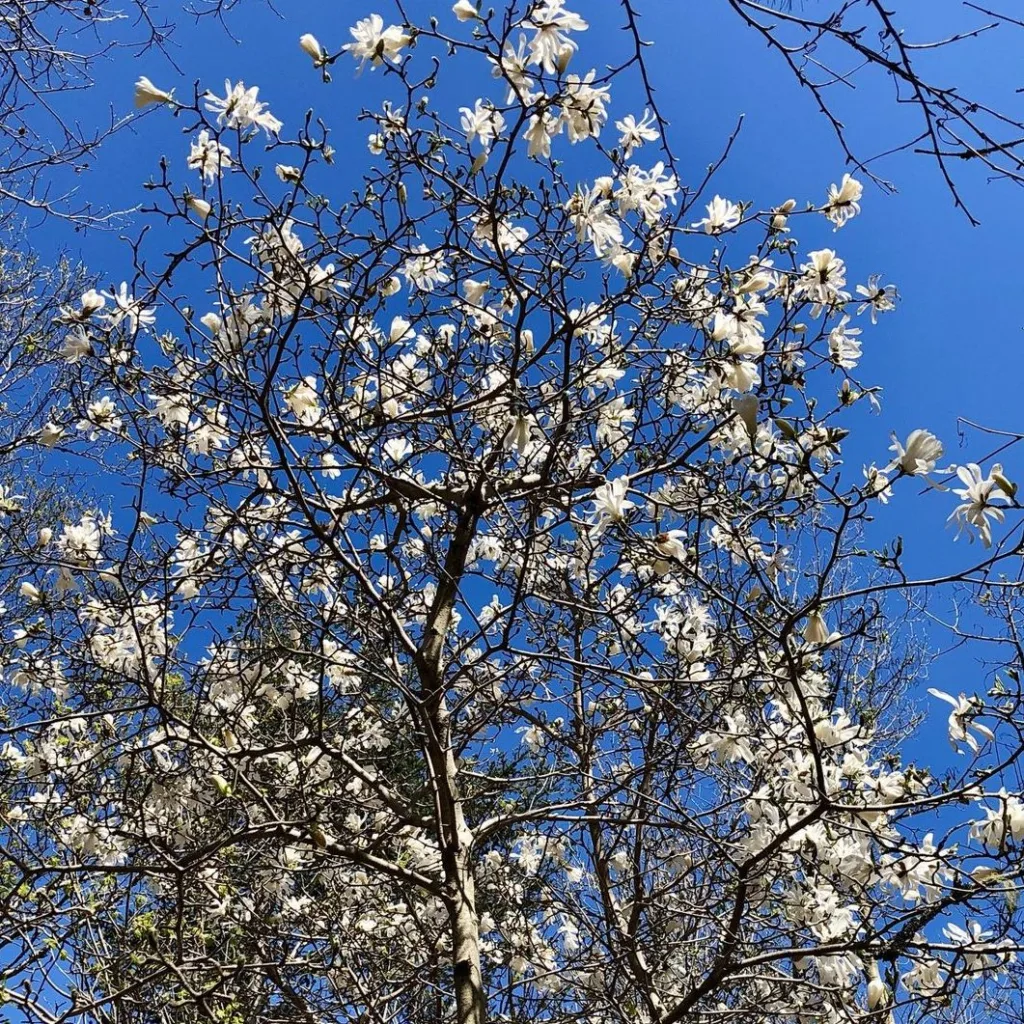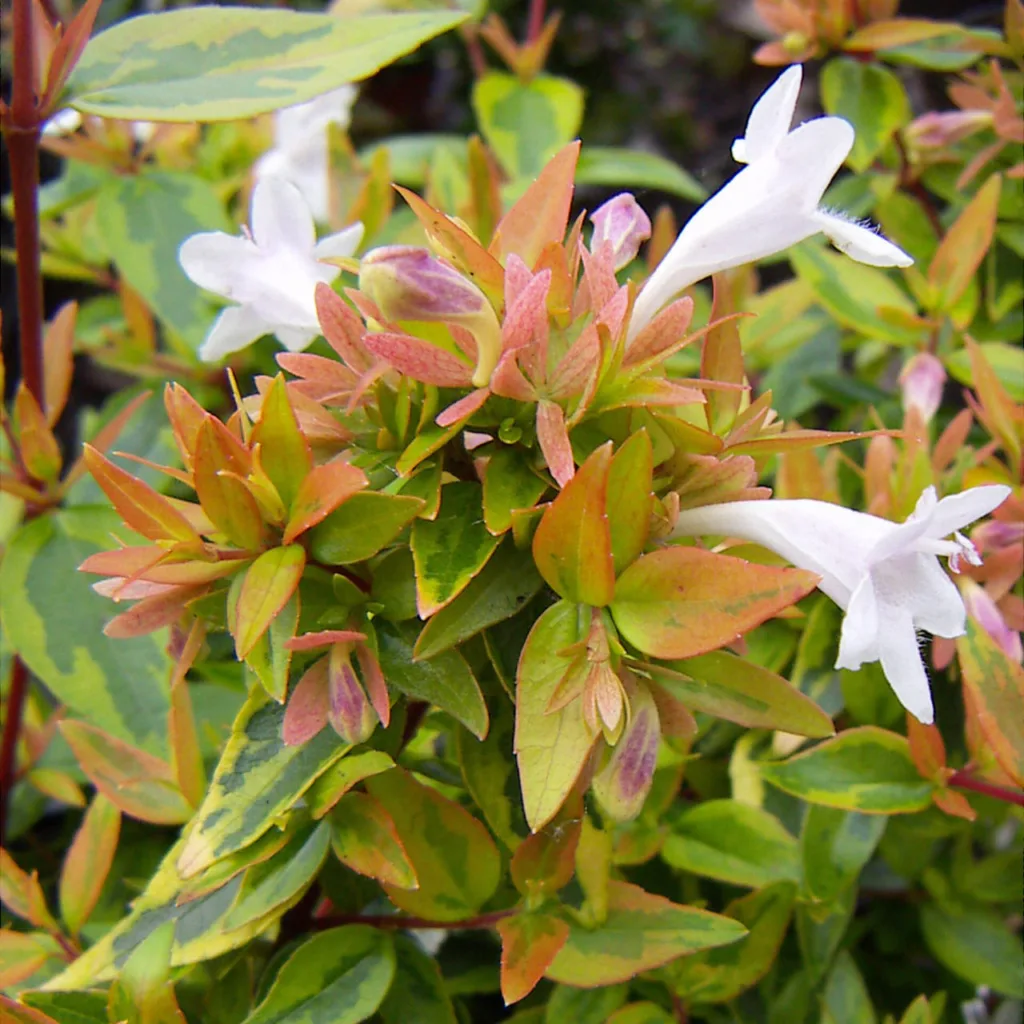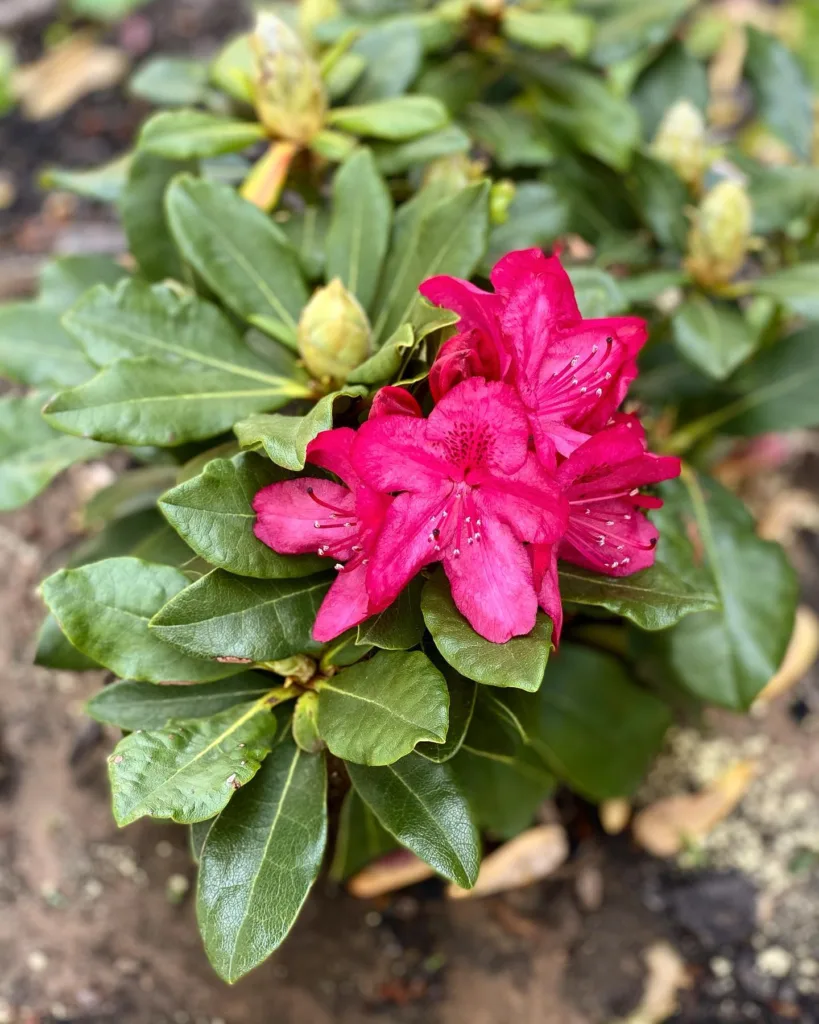Philodendron Lacerum: Unveiling the Secrets of the Fingerleaf Philodendron
Hello, plant enthusiasts! I’m Ferb Vu, and today we’re diving deep into the fascinating world of the Philodendron Lacerum, also known as the Fingerleaf Philodendron. This unique climber boasts stunning foliage that resembles, you guessed it, fingers.
But the Lacerum’s charm goes beyond aesthetics. It’s a conversation starter, a low-maintenance beauty, and a perfect addition to any indoor jungle. So, whether you’re a seasoned plant parent or a curious newcomer, this FAQ will equip you with everything you need to know about caring for your very own Philodendron Lacerum.
623 Species in Genus Philodendron
How much light does a Philodendron Lacerum need?
Unlike its sun-loving cousins, the Lacerum thrives in bright, indirect light. Think dappled sunlight filtering through a canopy. Direct sun can scorch the leaves, so avoid south-facing windows. North-facing windows might be a bit too dim, so east or west with some sheer curtains is ideal.
Can a Philodendron Lacerum survive in low light?
It can tolerate lower light conditions, but growth will be slow, and the leaves might lose their vibrancy. If low light is your only option, consider supplementing with a grow light for a few hours daily.
How often should I water my Philodendron Lacerum?
The key here is to water deeply when the top inch of soil feels dry. Avoid soggy soil, as this can lead to root rot. Let the excess water drain freely from the drainage holes.
What type of water is best for Philodendron Lacerum?
Room-temperature filtered water is ideal. Tap water can contain chemicals that harm the plant. If you must use tap water, let it sit overnight to allow chlorine and fluoride to dissipate.
Does Philodendron Lacerum need high humidity?
Yes, it appreciates moderate to high humidity (around 60-80%). Grouping your Lacerum with other humidity-loving plants or using a pebble tray filled with water can help raise the humidity levels.
Can I mist my Philodendron Lacerum?
Misting can be helpful, but it’s a temporary solution. Consistent humidity is key. Consider a humidifier for long-term humidity control.
Does Philodendron Lacerum need a moss pole?
While not mandatory, a moss pole provides excellent support for your Lacerum’s climbing nature. As it matures, it’ll develop aerial roots that naturally attach to the moss pole, creating a stunning vertical display.
Can I let my Philodendron Lacerum hang?
Absolutely! Philodendron Lacerum can cascade beautifully in a hanging basket. Just ensure the pot is secure and the plant receives enough indirect light.
How often should I fertilize my Philodendron Lacerum?
During the growing season (spring and summer), a balanced liquid fertilizer diluted to half strength once a month is sufficient. In winter, feeding can be reduced or stopped altogether.
What kind of fertilizer is best for Philodendron Lacerum?
A balanced houseplant fertilizer works well. Look for an N-P-K ratio close to 10-10-10.
Why are my Philodendron Lacerum’s leaves drooping?
Drooping leaves can be caused by underwatering, overwatering, or lack of light. Check the soil moisture and adjust your watering schedule accordingly. If underwatering isn’t the culprit, ensure it receives adequate indirect light.
My Philodendron Lacerum has brown spots on the leaves. What’s wrong?
Brown spots can indicate sunburn, bacterial or fungal infection. Isolate the plant, remove the affected leaves, and adjust the light conditions. For severe infections, neem oil solution might be necessary.
How do I deal with pests on my Philodendron Lacerum?
Common pests include mealybugs and spider mites. Neem oil solution or insecticidal soap spray can effectively control these pests.
How is Philodendron Lacerum different from Philodendron Mayoi?
Both Philodendron Lacerum and Mayoi have finger-like lobes, but with some key distinctions:
- Leaf Shape: Lacerum’s lobes are deeper and more numerous, creating a more dramatic “fingered” effect. Mayoi’s lobes are shallower, giving it a more palm-frond-like appearance.
- Leaf Texture: Lacerum’s leaves are typically thicker and more rigid compared to Mayoi’s softer, more delicate foliage.
- Stems: Lacerum has smooth, green stems, while Mayoi boasts ribbed stems that can be tinged with red.
- Growth Habit: Both climb, but Lacerum generally grows faster and requires more support. Mayoi can be more manageable in size.
Ultimately, both Philodendrons are stunning additions to any collection. They can even co-exist beautifully, offering a delightful contrast in textures and growth styles.
How can I tell my Philodendron Lacerum apart from a Philodendron Pinnatifidum?
Here’s a breakdown of the key differences:
- Lobe Depth: Lacerum’s lobes are deeper, reaching almost halfway to the midrib, while Pinnatifidum’s lobes are shallower, usually less than a third of the way.
- Leaf Size: Lacerum generally has larger, wider leaves compared to Pinnatifidum’s narrower ones.
- Leaf Color: Lacerum boasts a rich, emerald green, whereas Pinnatifidum can have a lighter green hue with subtle variegation in some varieties.
- Growth Habit: Lacerum is a more vigorous climber, while Pinnatifidum can be bushier and more compact.
By observing these characteristics, you can confidently identify your Philodendron.
Philodendron Lacerum: A Plant with Personality
The Philodendron Lacerum is more than just a houseplant; it’s a captivating conversation starter. Its unique foliage adds a touch of the exotic to any space, and its climbing nature encourages creativity in providing support.



